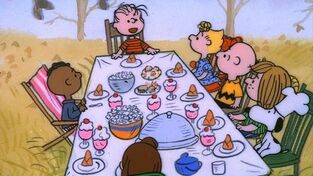 Table scene from "A Charlie Brown Thanksgiving." Table scene from "A Charlie Brown Thanksgiving." "We've got another holiday to worry about. It seems Thanksgiving Day is upon us." These were the words uttered by the immortal icon of my childhood and many others—Charlie Brown. Renowned cartoonist Charles M. Schulz gave us a classic work in his 1973 A Charlie Brown Thanksgiving that still holds its important message to this day nearly a half century after its first airing. The day in question, one beloved by millions of Americans, and naturally despised by just as many turkeys, is celebrated on the fourth Thursday of November, but began as a state holiday rather than a federal one. Thanksgiving’s origins saw it as a day of celebrating the year’s harvest, with the theme of the holiday revolving around giving thanks and the centerpiece of celebrations being a Thanksgiving dinner. Of course, the special dinner traditionally consists of foods and dishes indigenous to the Americas, namely turkey, potatoes (usually mashed or sweet), stuffing, squash, corn (maize), green beans, cranberries (typically in sauce form), and pumpkin pie. This is not exactly what Snoopy and Woodstock served up to Charlie Brown, Linus and other Peanuts characters in the 1973 classic, but what really are our expectations when at the mercy of animal chefs forced to utilize foods readily at their disposal including toast, popcorn, pretzels and jellybeans? That clever cartoon special teaches a simple lesson that focuses on what the day (Thanksgiving) is truly about—who we spend Thanksgiving with is far more important than the quality, or amount, of the food we eat on Thanksgiving. Many of us don’t truly grasp this concept until we lose someone who had shared the holiday dinner table with us year after year, such as a grandparent, parent or sibling. As many readers know, I spend a great deal of time in old newspapers in an effort to learn about the life and times of my subjects for these “Stories in Stone.” It’s sort of being like a time traveler, as I can see events from history playing out in real time, knowing of course how they end. I was searching through papers dating from the 1880s and found the passage above talking about Benjamin Franklin and his interest in origins of Thanksgiving. Many may recall that Ben Franklin also had a fondness for wild turkeys, so much so he put forth the species nomination to become our national bird. Franklin praised the turkey as “a bird of courage” and a “true original native of America.” He also said it was a better representative of the new country than the bald eagle, which he called “a bird of bad moral character” that steals fish from hawks and “a rank coward” easily cowed by sparrows. The Wikipedia explanation of Thanksgiving offers a summary stating that New England and Virginia colonists originally celebrated days of fasting, as well as days of thanksgiving, thanking God for blessings such as harvests, ship landings, military victories, or the end of a drought. These were observed through church services, accompanied with feasts and other communal gatherings. The event that Americans commonly call the "First Thanksgiving" was celebrated by the Pilgrims after their first harvest in the New World in October 1621. This feast lasted three days and was attended by 90 Indians of the Wampanoag tribe and 53 Pilgrims (survivors of the Mayflower). Less widely known is an earlier Thanksgiving celebration in Virginia in 1619 by English settlers who had just landed at Berkeley Hundred aboard the ship Margaret. Thanksgiving has been celebrated nationally off and on since 1789, begun with a proclamation by President George Washington after a request by Congress. Apparently, President Thomas Jefferson chose not to observe the holiday, and its celebration was intermittent up through the 1850s. Maryland began celebrating Thanksgiving as an official state holiday after Gov. Thomas Ligon’s proclamation of 1856. At this time, there were 17 states that followed the tradition at this level. That number would grow to 21 by the decade’s close. Mind you that there were only 33 states at that time. The American Civil War soon followed, but President Abraham Lincoln proclaimed a national day of "Thanksgiving and Praise to our beneficent Father who dwelleth in the Heavens,” calling on the American people to also, "with humble penitence for our national perverseness and disobedience ... fervently implore the interposition of the Almighty hand to heal the wounds of the nation..." Lincoln declared that the special observance would occur on the last Thursday in November. As I was searching through the newspapers of fall, 1883, I came across a later proclamation from a lesser-known president having sole discretion over dictating the date of the Thanksgiving holiday as Lincoln’s successors had before him. This was President Chester A. Arthur. November 29th was a departure back to Lincoln’s spirit of the holiday being at the end of the month. In 1869, President Ulysses S. Grant had moved the date to the third Thursday of November. Things got more serious as to the date when, in January of 1885, an act by Congress made Thanksgiving, and other federal holidays, a paid holiday for all federal workers throughout the United States. In 1942, while engaged in World War II, Thanksgiving received a permanent observation date as set by an act of Congress. Without the discretion or interference of the president, Thanksgiving was slated for the fourth Thursday in November. This holds true up through today. 1883 The year 1883 was fairly, uneventful in the annals of US history. However, here in Frederick, something happened that was extremely “newsworthy.” This featured the emergence of a new newspaper offering, fittingly entitled “The News.” Founded by William T. Delaplaine, the Great Southern Printing and Manufacturing Company took responsibility for publishing this new paper which commenced on October 15th. I purposely set out to glean any mentions of Thanksgiving tradition and happenings in our town in the Frederick Daily News’ first year. In addition to the two articles I’ve already shared involving Ben Franklin and Chester Arthur, I found a warning that the town market would be closed on Thanksgiving day so customers were warned to be proactive with obtaining their turkeys for dinner. I also saw that the upstart publication made plans to give employees time off for the holiday, and told readers not to expect a Thanksgiving Day edition. As a former employee of the Great Southern Printing and Manufacturing Company, I can vouch for the support of employees in family endeavors, part of the corporate culture for the entirety of this company. In that last edition (before the holiday) of November 29th, the paper included the following brief story of charity, and dare I say, benevolent assistance and giving to be thankful for. I would love to know the name of the individual who donated 100 turkeys to the lesser-fortunate families of town. I searched, but did not have an outstanding candidate, however I would bet that we have a street or building in town today likely named for him. What a great tale of charity, the essence of Thanksgiving. However, a few days earlier, I found a disappointing story of “Thanks-taking!” It involved the seemingly likeable turnpike tollgate operator John Nicholas Blum (which is spelled Nicolas on his gravestone) who resided at the time east of town on the National Pike (MD 144) on the western approach to the Jug Bridge that once spanned the Monocacy River. This foul, or fowl, travesty was certainly not an exhibition of proper holiday decorum to say the least. The German immigrant and his family had not only lost their valuable poultry, but also the main course for Thanksgiving dinner. I did get a good chuckle out of the way the article was written, but I’m sure it was not a laughing matter for Mr. Blum, who I would soon learn is buried here in Mount Olivet. So, I decided to explore his life further. Johann Nicholas Blum was born in Hanover, Germany in 1845. He can first be found living in Frederick in the 1870 US Census. Here, at 25 years of age, Blum listed his occupation as that of a tailor, and was residing on the south side of West Patrick Street near its intersection with Jefferson Street. Here, he lived with wife Elizabeth (better known as “Elise”), in a house owned by Samuel Hafer, a carpenter who would later be very prominent in the annals of local cannery operations in town. Mrs. Blum was the former Elizabeth C. Biene, and hailed from Hesse Cassel (Germany). However, in this census, her next door neighbors appear to be Biene relatives (perhaps her sister and mother). I deduct that these individuals had recently come to America. Perhaps John Nicholas Blum was the immigrant I found landing in Baltimore on February 16th, 1867 aboard a ship named Adolphine? The age, name and profession match perfectly, and the port of entry geography fits as well. Salzderhelden is given as the former home of the immigrant and this village is located close to Einbeck and 40 miles directly south of Hanover. Nicholas and Elise were members of Frederick's German Reformed Church and would go on to have three daughters and a son through the decade: Louisa (1870-1930), George (1871-1872), Augusta (1874-1932), and Bertha (1876-1939). George would die as a toddler and was buried in Mount Olivet’s Area H/Lot 385. Nicholas Blum did buy a lot on the north side of W. South St. in 1880 and sold it in 1884 to Annie F. Doll. He seems to have taken up residence at the toll house on the turnpike, scene of the great “Turkey Heist of ’83.” I found a few more mentions of Mr. Blum in relation to this property but soon he would be moving to a farm south of town along the Georgetown Pike. The property that the Blums bought was a portion of the greater estate of Araby, noted property which was bought in 1864 by C. Keefer Thomas. This is the famous “Thomas Farm” associated with the Battle of Monocacy and currently owned by the National Park Service. Gen. Ulysses S. Grant would conduct a clandestine meeting here with Gen. Patrick Sheridan during the Civil War, shortly after the 1864 "Battle that Saved Washington"—but that is a story for another day. The "Thomas Farm" stayed in the Thomas family until 1910. What the Blums had bought in 1884 was 31 acres, which Mr. Thomas had originally sold to Frances Albaugh in 1864, shortly after purchasing the entire farm. This property is now the subdivision called "Araby View" that surrounds Wallace Circle on the west side of Araby Church Road. It is located southeast of the Thomas Farm, across Baker Valley Road. I learned little more about J. Nicolas Blum as he would die two years after purchasing the farm on February 14th, 1886. John Nicholas Blum would be laid to rest next to his son George. I also realized that he only celebrated two more Thanksgivings after the event that triggered my interest in him. Elise Blum inherited the Araby property from her deceased husband, but in 1899 sold it to her daughter Louisa, a teacher who graduated from Towson Normal School that year. She kept this until 1904. Elise moved back in town to Frederick at this time after buying what is today’s 266 Dill Avenue in the year 1908. Here she lived with her daughter Bertha until her own death in 1921. In 1920, Louisa and Bertha Blum, along with a man named George Caulk, bought what is now 6714 Jefferson Boulevard in Braddock Heights. Louisa never married and died in 1930. Two years later, middle daughter Augusta (Blum) Carter, died as well on November 11th. She had been residing in Grove City, Pennsylvania. Her body would be brought back to the family plot for burial in Frederick as her funeral took place the week before Thanksgiving. I’m assuming that it was a particularly hard holiday for Bertha to experience without her sisters as she was the last surviving member of the family, losing Louisa and Augusta in that short span. Sadly, Bertha would die six days after Thanksgiving on November 29th. She has no headstone, likely due to her being the last survivor of the immediate family with no one to make plans for her headstone Let's end with that simple message from A Charlie Brown Thanksgiving in that we shouldn't focus on what we are eating, but instead, be most thankful for those who we are spending the holiday with along with fond memories of the opportunities had in past years with those no longer with us. (You can thank me later turkeys). Happy Thanksgiving to you all, and a huge thanks for the continued support of this blog along with the ongoing preservation and history efforts associated with our great cemetery. Please remember the Mount Olivet Preservation and Enhancement Fund and Wreaths Across America on "Giving Tuesday." Click the button below for more information.
1 Comment
6/23/2023 11:23:24 am
Imagine all this written on stone in the shape of paper, it would be amazing! Thanks for the great post!
Reply
Leave a Reply. |
STORIES
|
Archives
July 2024
June 2024
May 2024
April 2024
March 2024
February 2024
January 2024
December 2023
November 2023
September 2023
August 2023
July 2023
June 2023
May 2023
April 2023
March 2023
February 2023
January 2023
December 2022
November 2022
October 2022
September 2022
August 2022
July 2022
June 2022
May 2022
April 2022
March 2022
February 2022
January 2022
December 2021
November 2021
October 2021
September 2021
August 2021
July 2021
June 2021
May 2021
April 2021
March 2021
February 2021
January 2021
December 2020
November 2020
October 2020
September 2020
August 2020
July 2020
June 2020
May 2020
April 2020
March 2020
February 2020
January 2020
December 2019
November 2019
October 2019
September 2019
August 2019
July 2019
June 2019
May 2019
April 2019
March 2019
February 2019
January 2019
December 2018
November 2018
October 2018
September 2018
August 2018
July 2018
June 2018
May 2018
April 2018
March 2018
February 2018
January 2018
December 2017
November 2017
October 2017
September 2017
August 2017
July 2017
June 2017
May 2017
April 2017
March 2017
February 2017
January 2017
December 2016
November 2016

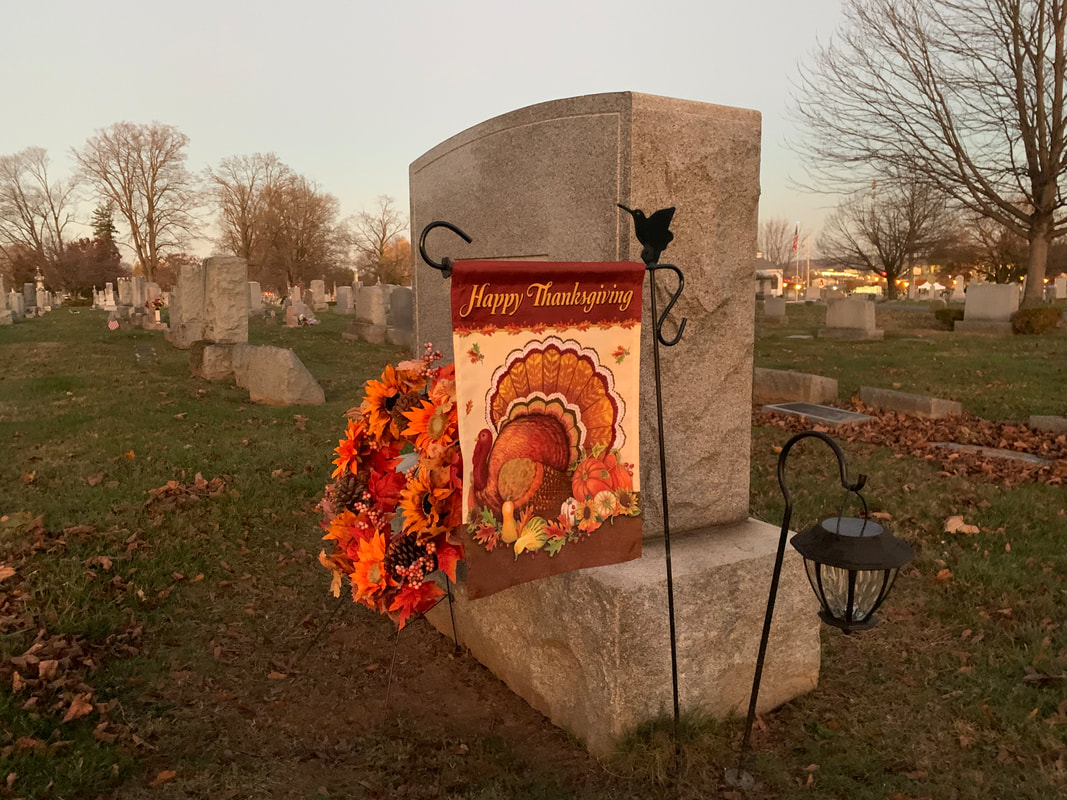
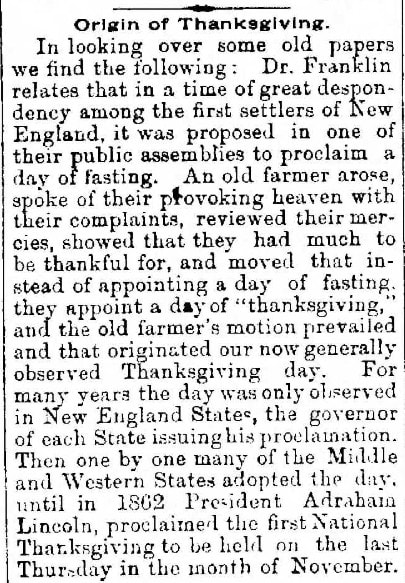
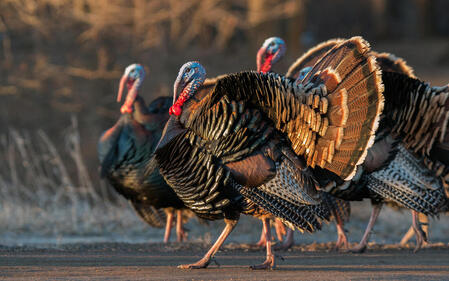
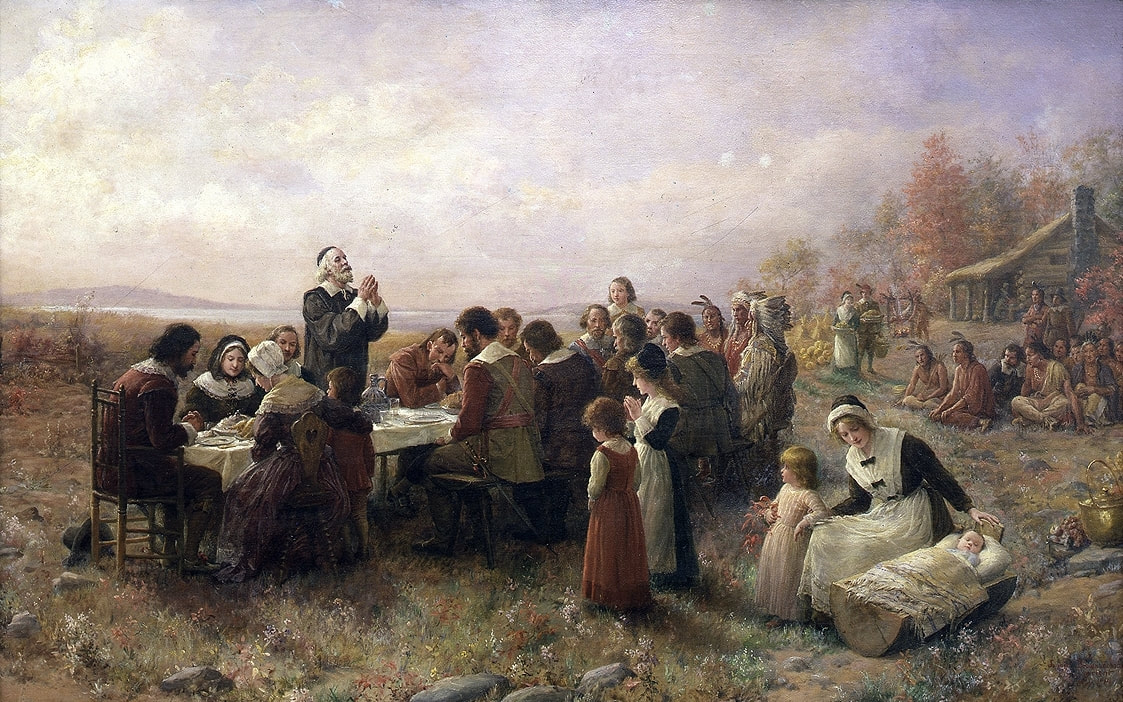
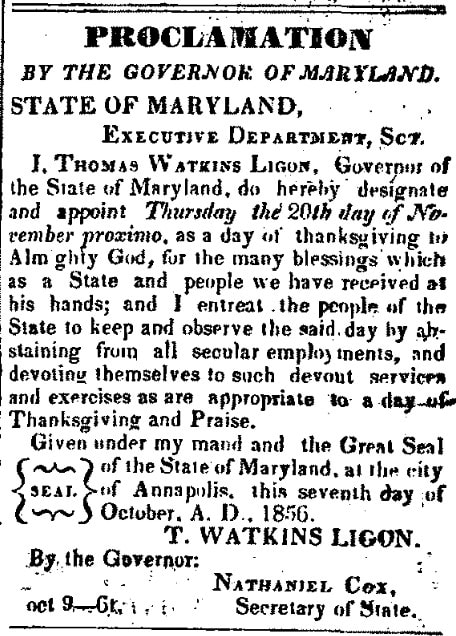
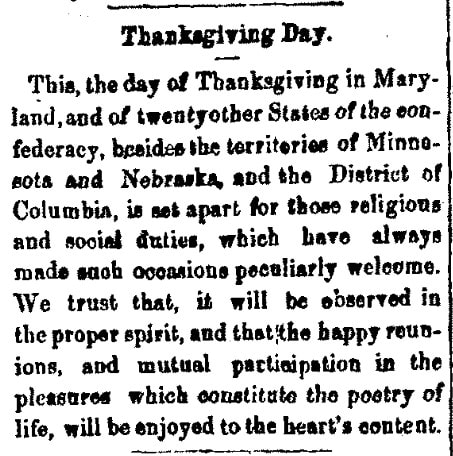

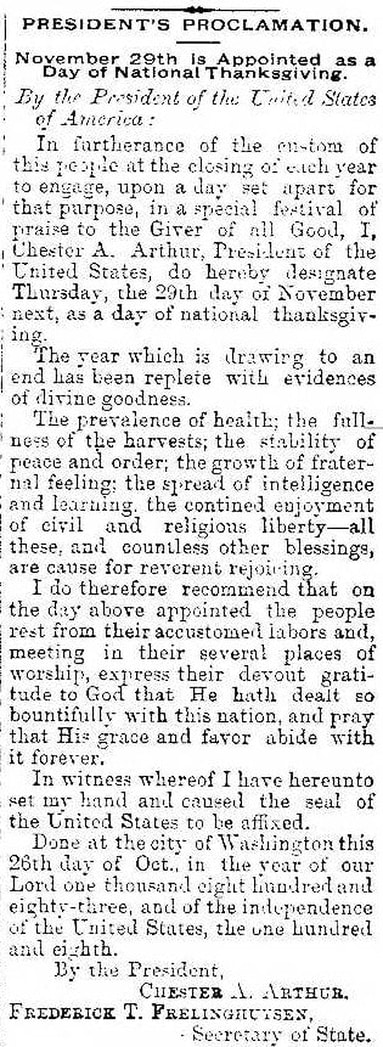
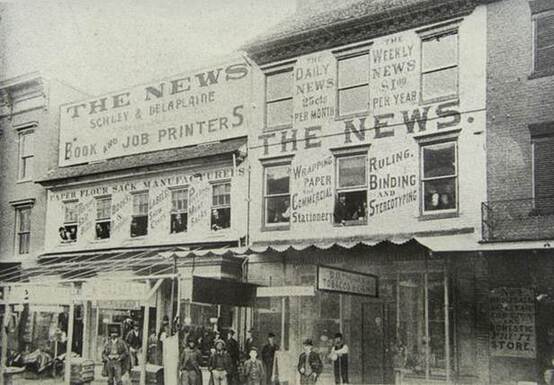
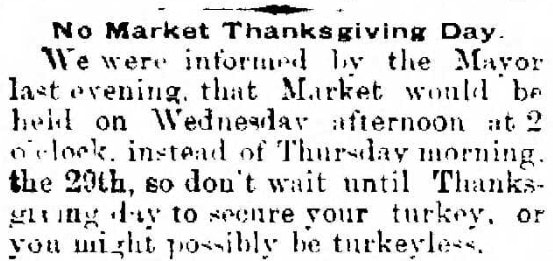
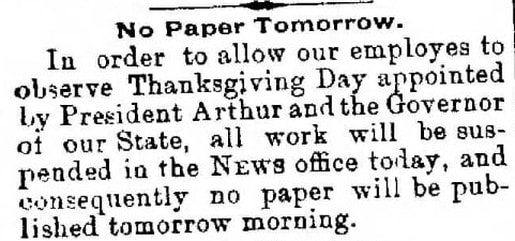
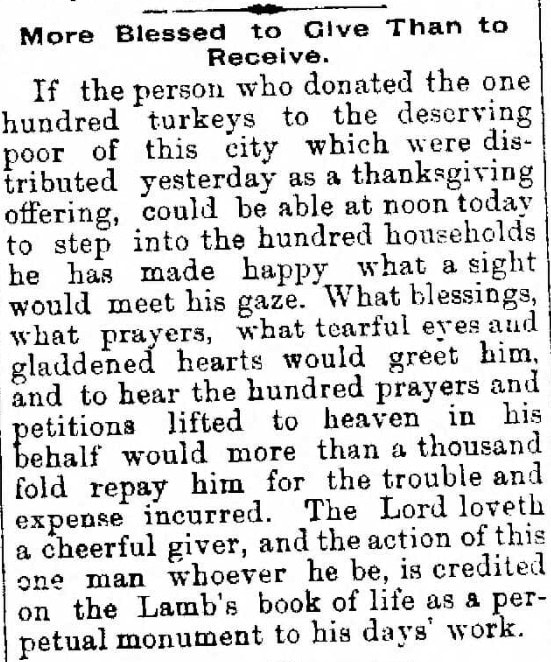
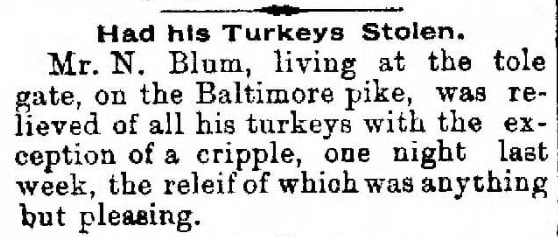



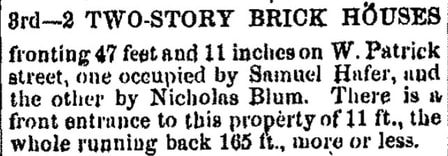
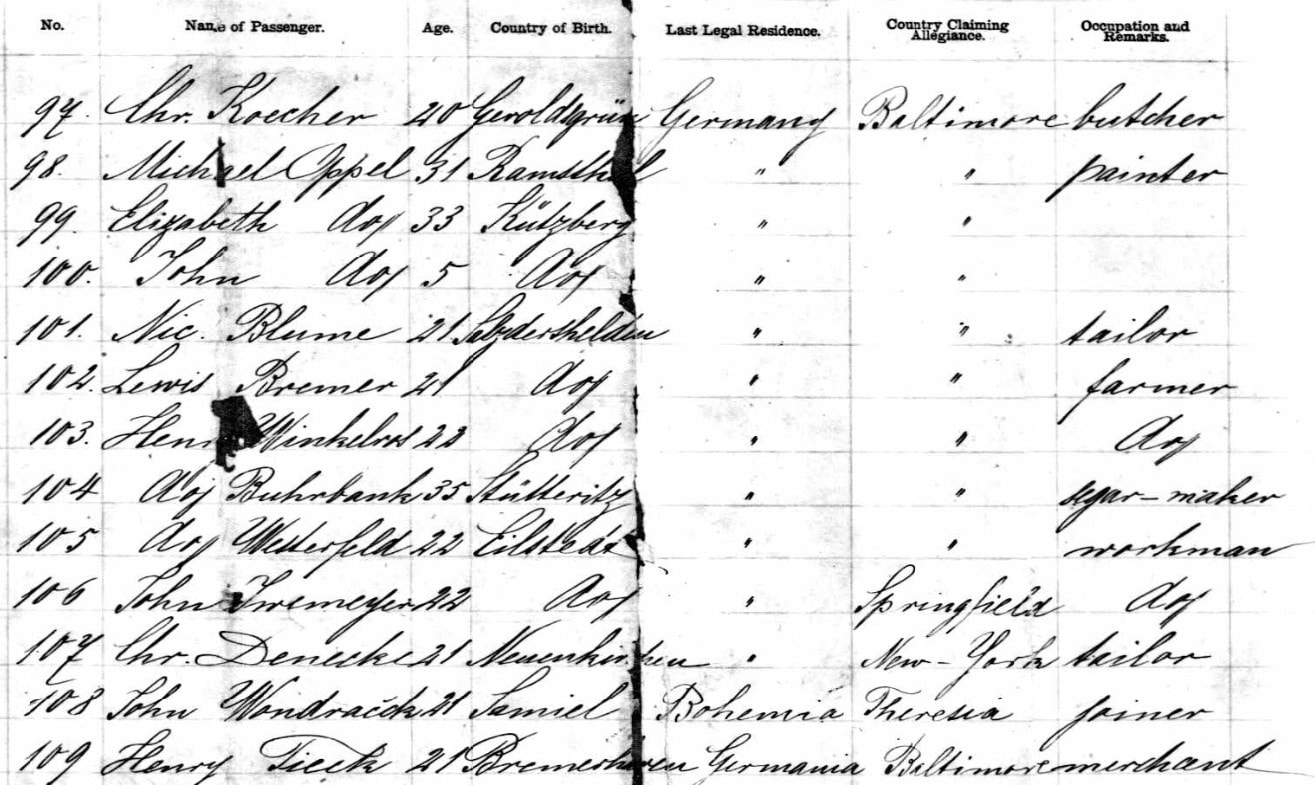


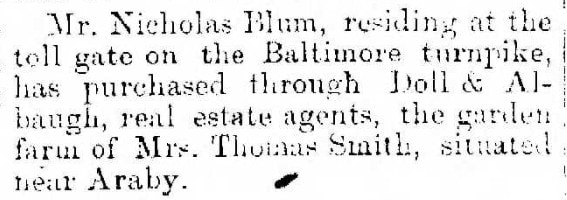
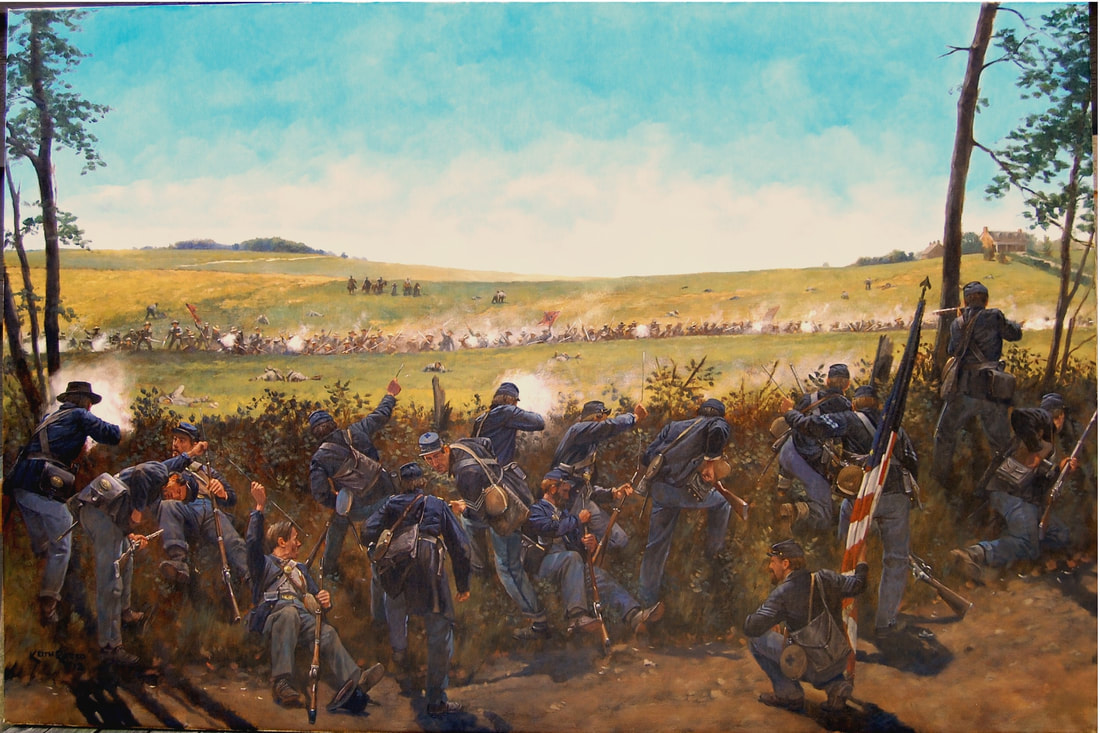
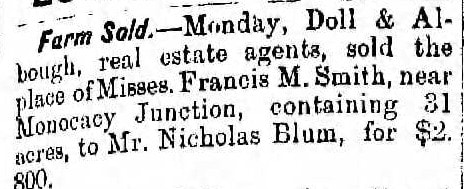
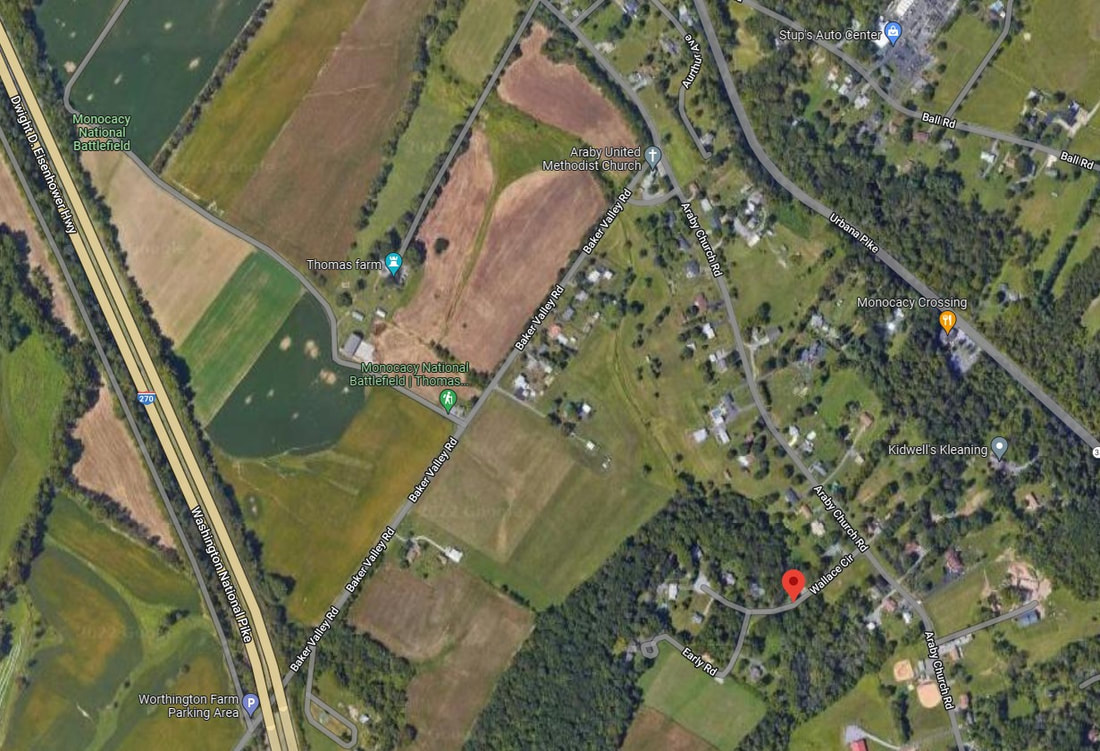

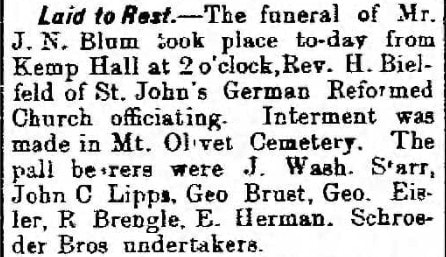
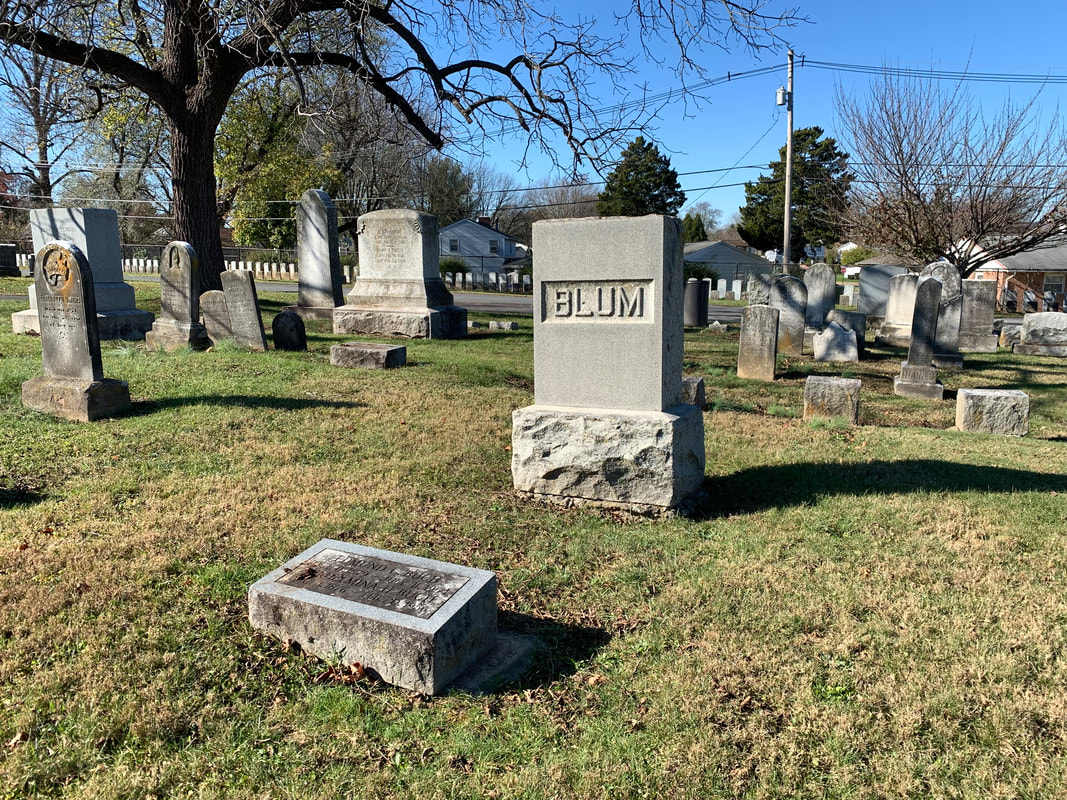
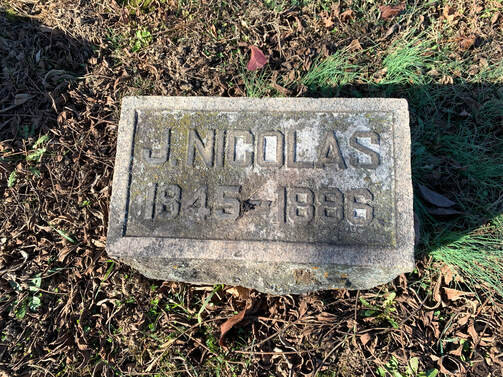
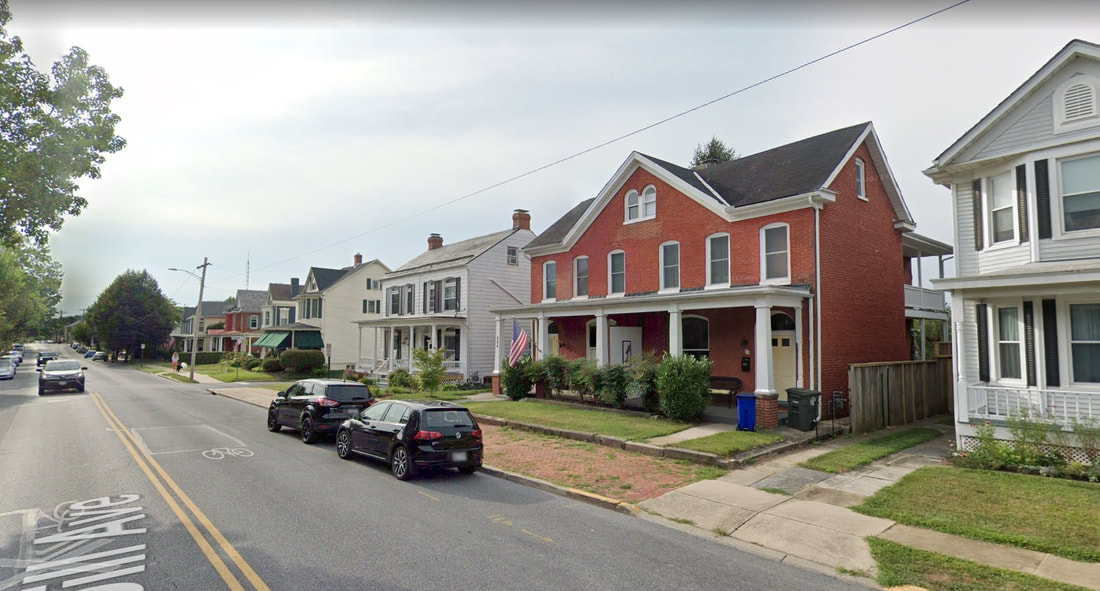
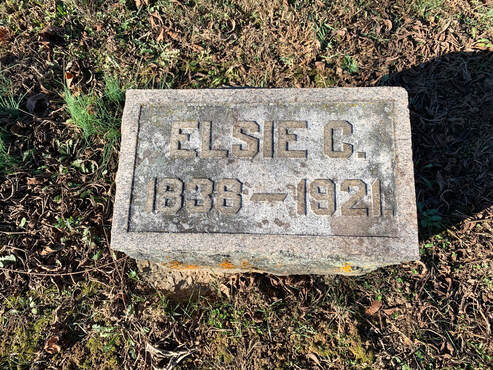
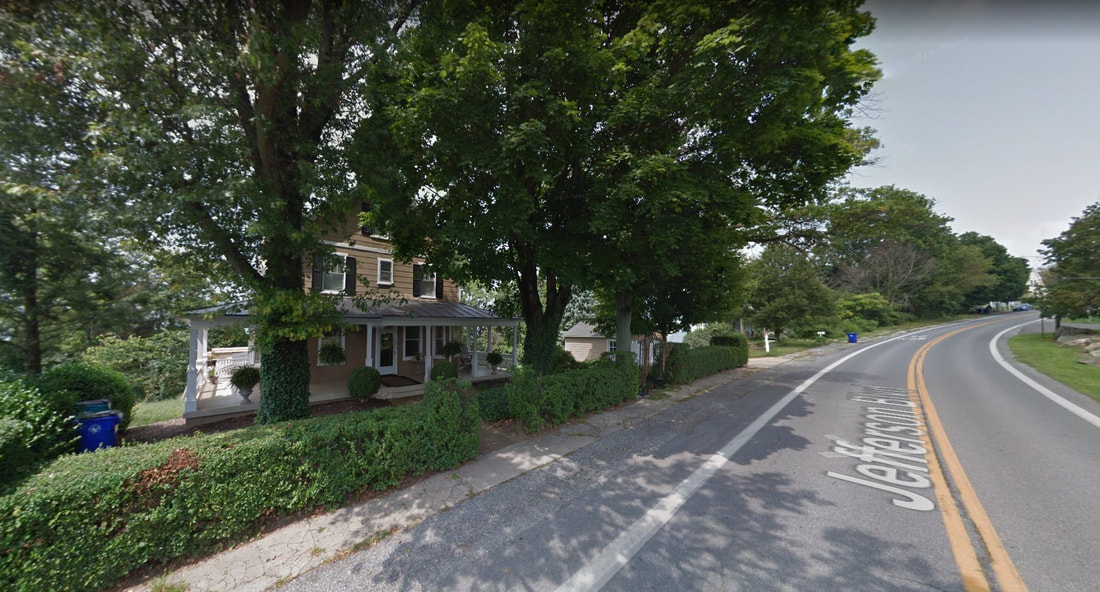
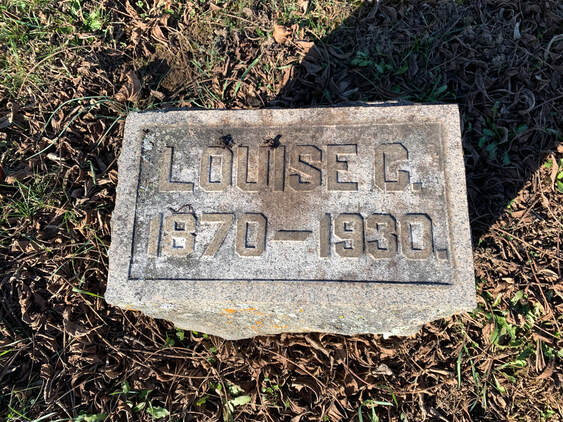
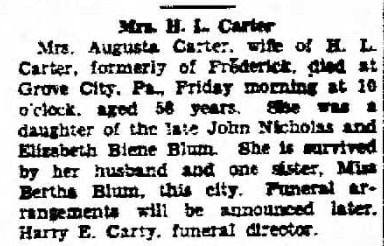
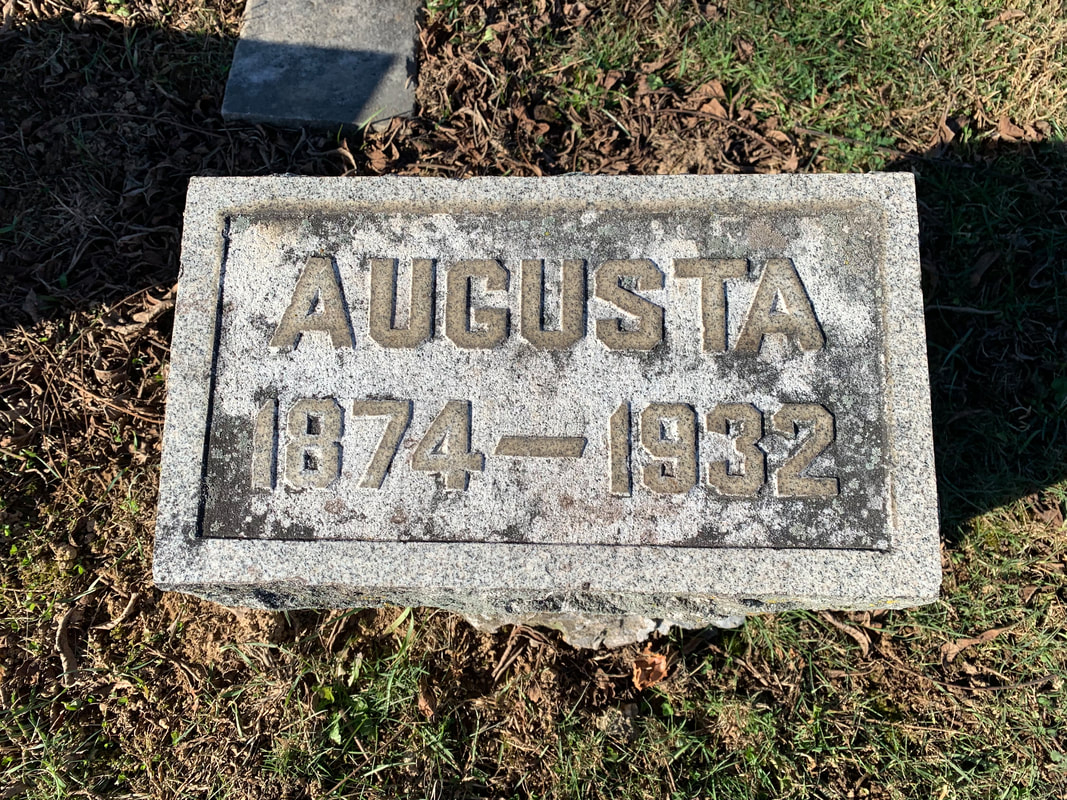
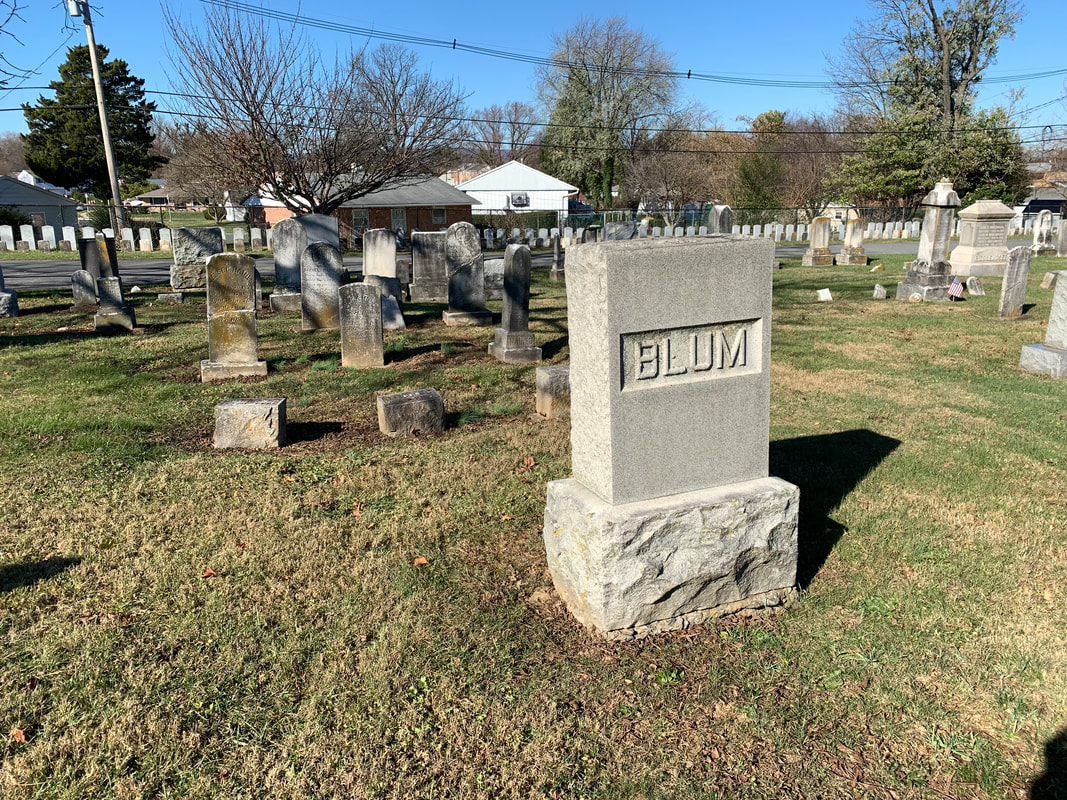
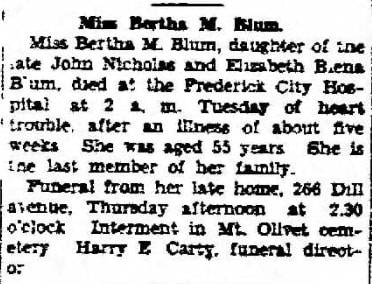
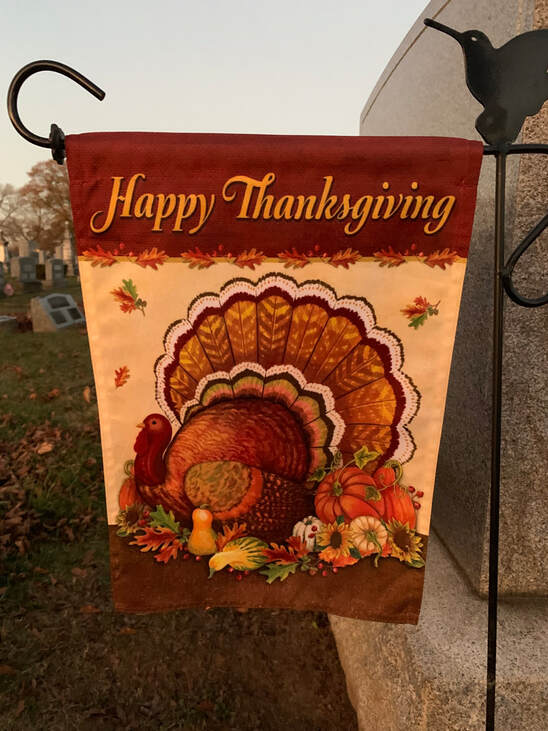
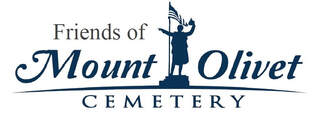
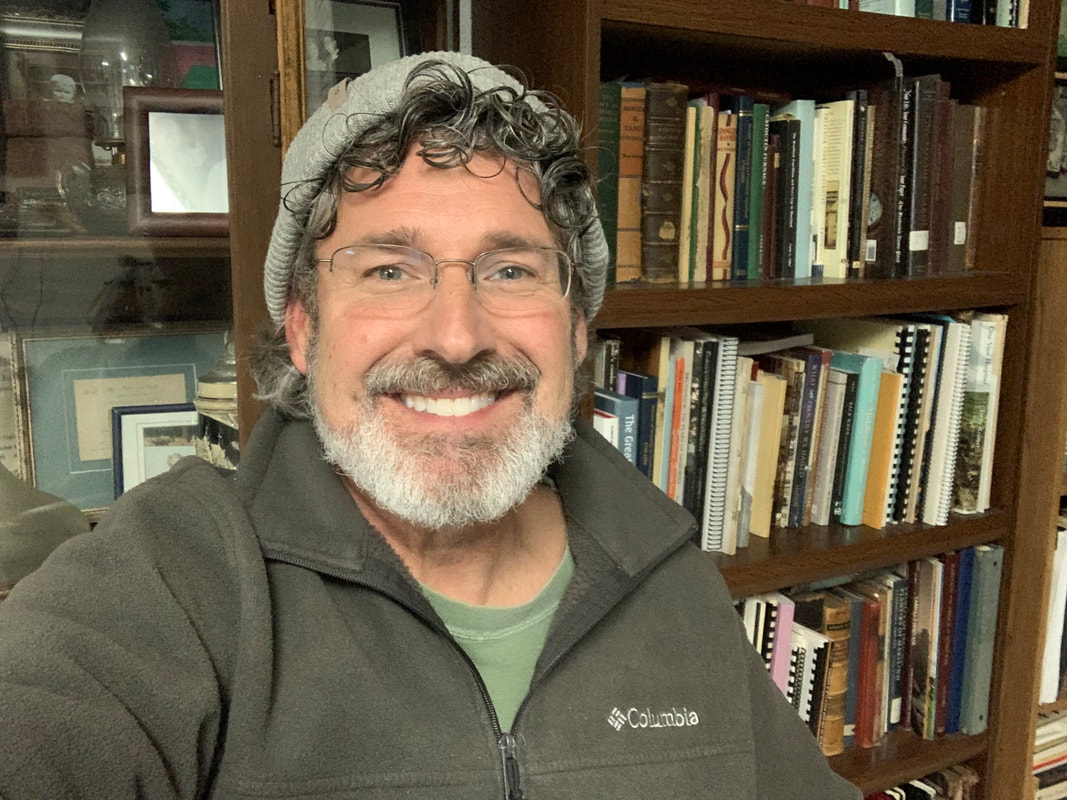
 RSS Feed
RSS Feed